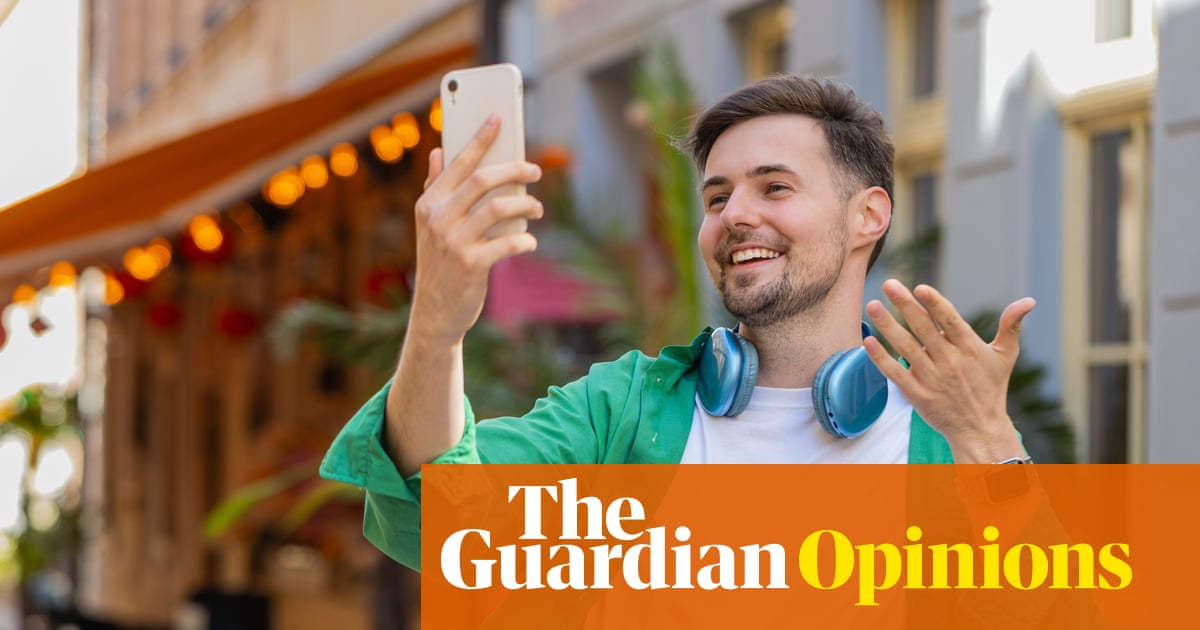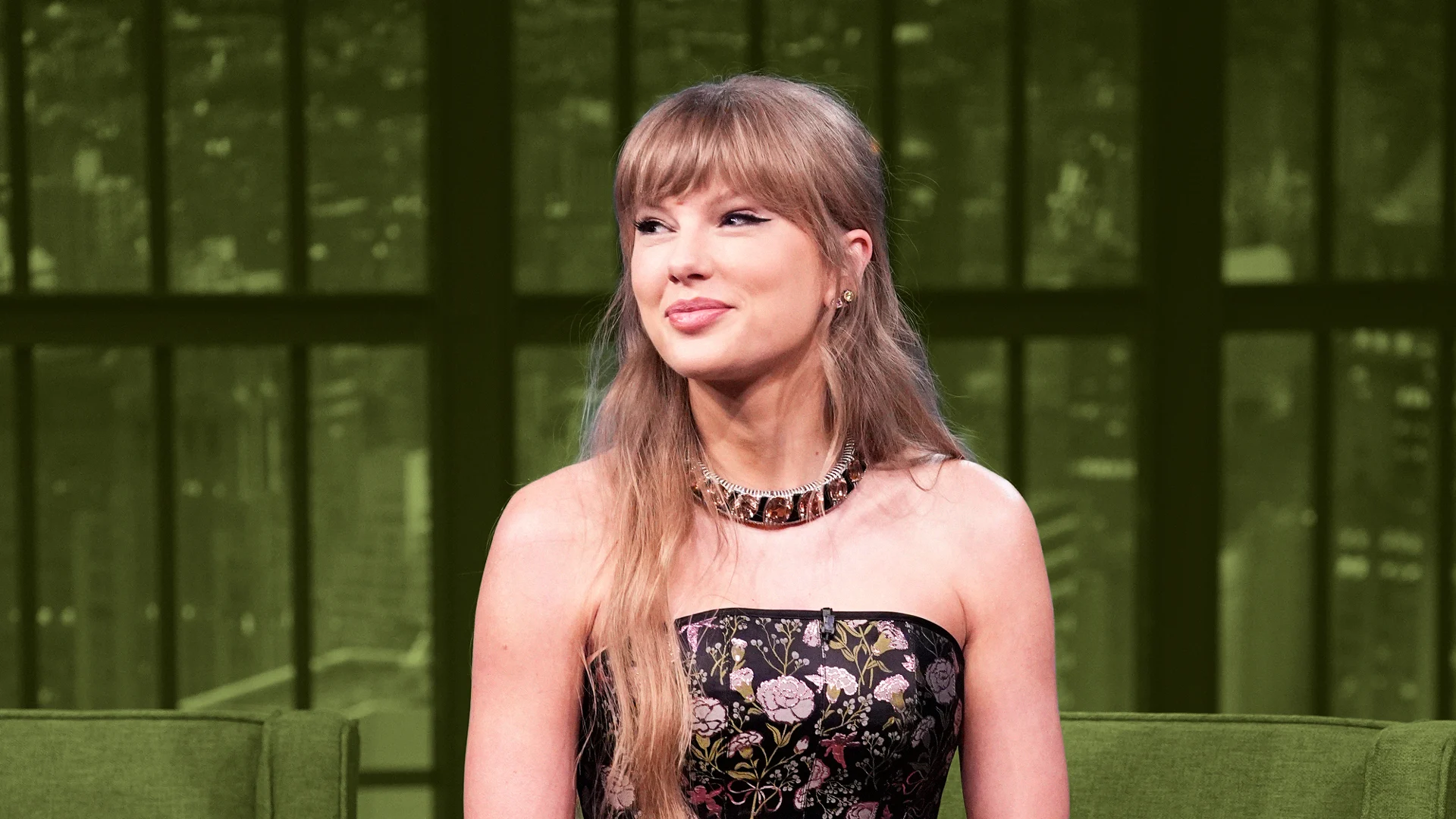fromwww.nytimes.com
1 day agoVideo: Opinion | I'm Building an Algorithm That Doesn't Rot Your Brain
Part of attention is sometimes conflict, provocation. We're lonely and depressed, getting more polarized every day. We're endlessly doomscrolling, bombarded by rage bait. And it's because our experience on the internet is being overrun by these attention-based algorithms controlled by tech companies that don't have our best interests at heart. I'm tired of what social media is doing to our brains. It has to be possible to have a better experience on the internet, grounded in creativity and human connection, a more human algorithm.
Digital life

















